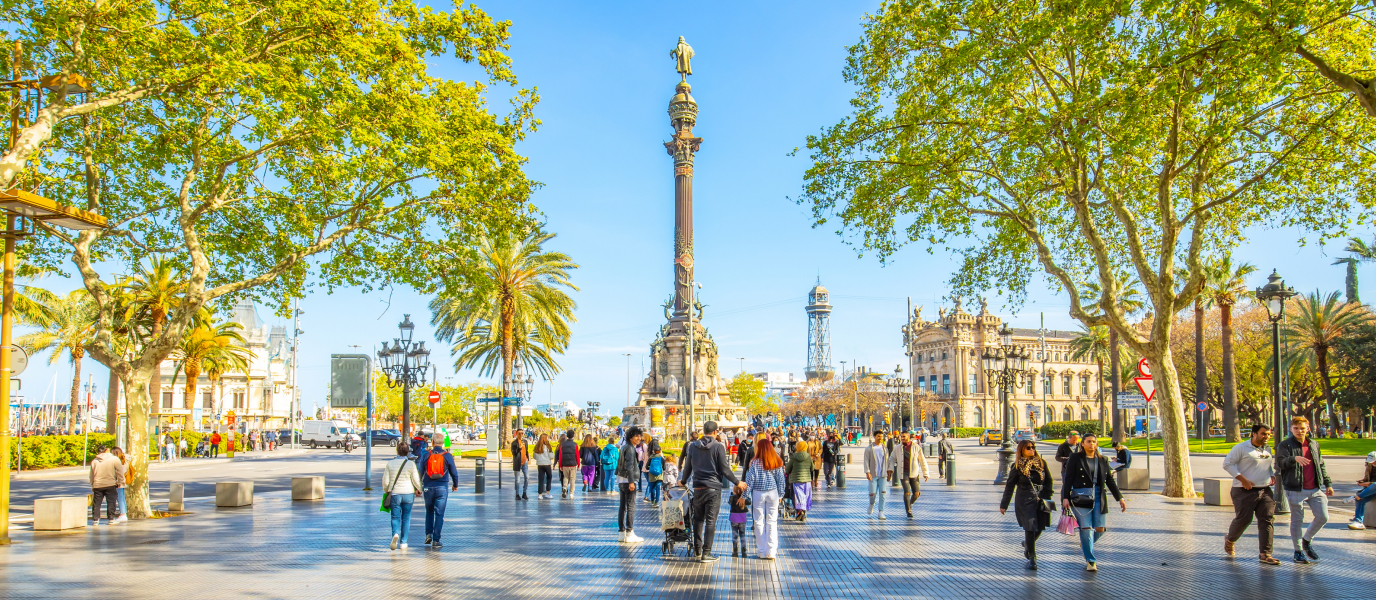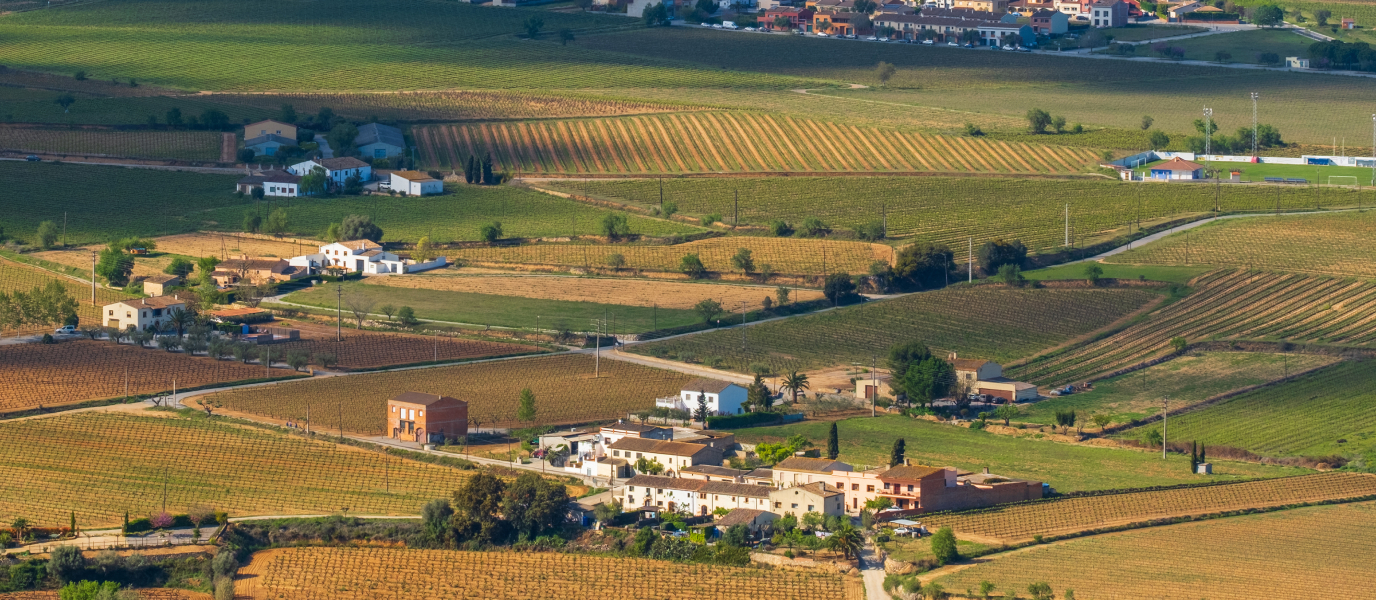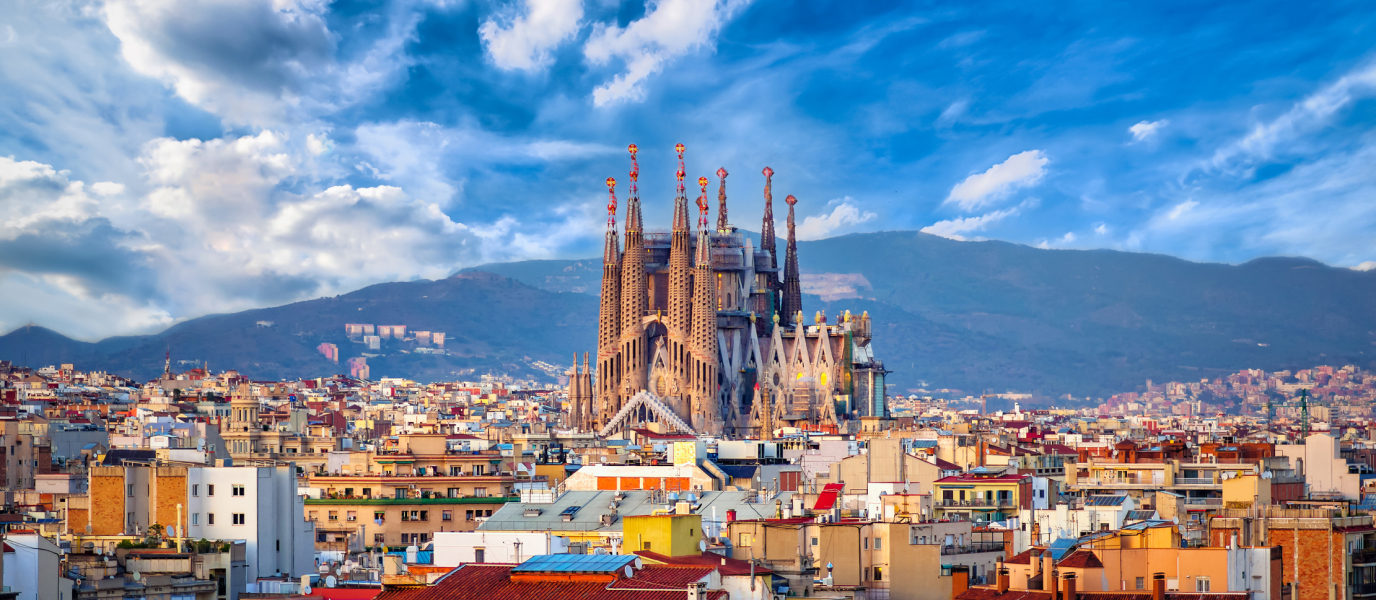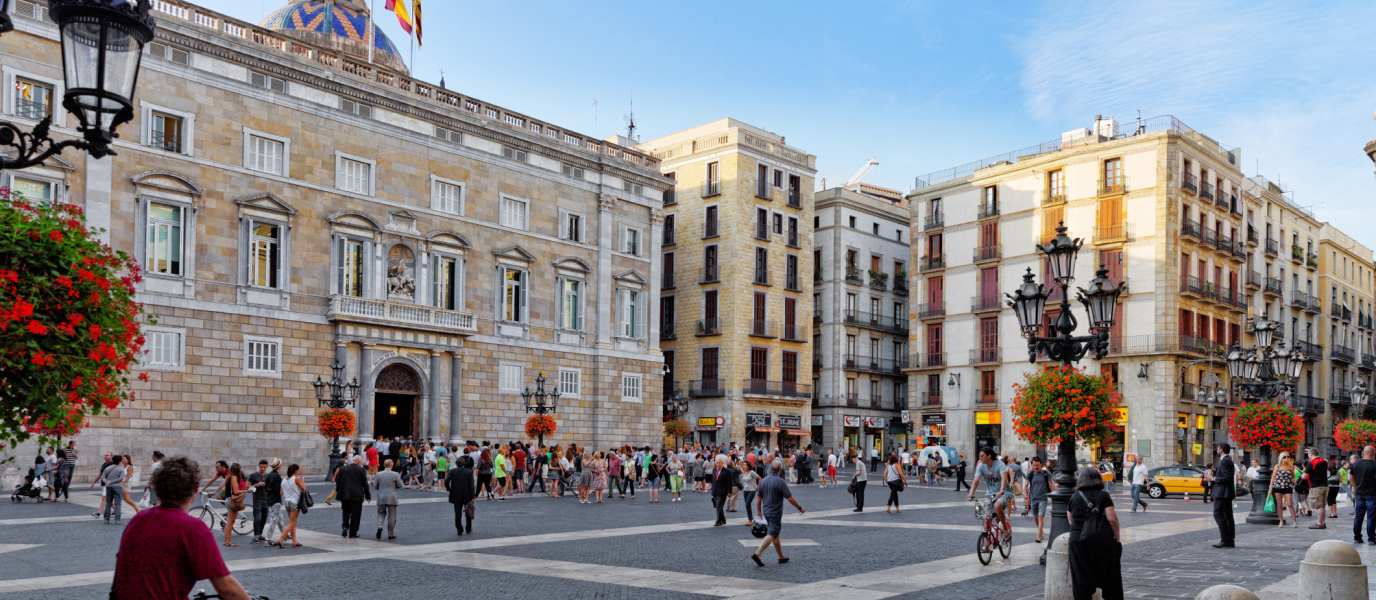The Columbus Monument in Barcelona is the finishing touch to the south axis of Les Rambles, the well-known boulevard that runs through the Catalan capital and stretches between this area of the former port and the Plaça de Catalunya. The exact location of the navigator’s sculpture is the Plaça Portal de la Paz, which is the meeting point between Les Rambles and Passeig de Colom. It was incorporated into a plan to improve the coastal façade of the city on the occasion of the Barcelona Wold Expo in 1888.
Since the navigator’s sculpture stands at almost 60 metres, on a column with a sculptural base, it is visible from a distance. One of his arms points with his right hand index finger towards the Mediterranean Sea. Much has been written about this position and its location. Below we tell you about its symbolism and reveal the secret that it contains inside.
A desired tribute
The decision to erect a monument in honour of the discoverer of the Americas was not spontaneous. This project had already been considered in the mid-nineteenth century and was going to be placed on a column located at Plaça del Ducat de Medinaceli, but Admiral Galceran Marquet eventually received this honour. The plan was recovered in 1873 but did not materialise again, and it was not until 1881 that Antoni Fages i Ferrer, passionate about the discovery of America and a promoter of culture, took up the challenge. After the necessary approvals by public entities and the search for financing, the execution of the monument began, which took seven years to complete. There are interesting graphic documents showing the process, with scaffolding reaching the same height as the completed monument.
It was finally inaugurated on 1 June 1888 and the event was attended by the Queen Regent, Maria Cristina of Austria, guests of honour such as Umberto I, the King of Italy and even Grover Cleveland, former President of the United States, among others.
What is the Columbus Monument like?
The architect responsible for the Christopher Columbus project was Cayetano Buigas, with whom various artists collaborated in the ornamentation of the sculpture. They include Rafael Atché, Pere Carbonell, Manuel Fuxá and Antoni Vilanova. Buigas decided to divide the monument into three distinct parts. The first was its circular base, with four flights of stairs, each six metres wide. On it there are eight sculptures representing lions and eight bas-reliefs, which include coats of arms from the different Spanish provinces and scenes from the navigator’s history. Columbus appears in all of them with long hair and wearing tights and a fur coat, as does the figure that crowns the monument.
In the second part there is a polygon with eight sides, of which half are arranged in the form of a cross as abutments. And a series of allegorical sculptures of Catalonia, Aragón and Castilla y León, as well as other figures that revoke people who collaborated with Columbus during his travels. They include the Catalans Pere de Margarit, Jaume Ferrer de Blanes, the Aragonese Bernat Boïl, and the Valencian Luis de Santangel.
The third part is made up of a slender column of Corinthian order iron, on whose base lie several caravels with two griffins (mythological figure) that hold the coat of arms of Barcelona. The ‘Famas’—winged, symbolic feminine figures, often used in the nineteenth century—do not go unnoticed, they offer crowns of immortality to Columbus. In the column’s shaft there is a relief that refers to the Navy with the inscription “Barcelona to Colón”. A little further up, on the capital, there is a representation of America, Asia, Europe and Africa and half a world globe with the discovered part visible. And from this, the figure of Columbus rises.
Christopher Columbus crowns the set
The statue of the navigator, who crowns the set, measures approximately 7 metres and was made in bronze by the sculptor Rafael Atché. As we have already mentioned, his right arm is raised, his hand is closed except for his index finger, which points towards the sea. Much has been made about what this gesture might mean. Some people think it points to America, even though the continent is behind him. The sculptor may have made him pointing towards the sea in a symbolic gesture, since the public looking at him would not have understood that the new continent was in the direction of Les Rambles. Others, on the other hand, believe that he did not want to point to America, but to the sea that led him there. A third hypothesis suggests that the navigator is pointing towards Genoa, where it is believed that he was born. But if we explore that idea further, we find that this Italian city is not exactly in that direction. He actually points to Mallorca.
In Buigas’s original project, the statue did not raise his arm but rested his hand on his chest, while his left hand held a banner. This statue’s left hand holds a navigation chart.
Ascent to heaven
A year after its inauguration, a lift was installed inside the column, which broke down on the same day it opened and the mayor of Barcelona, who at that time was Rius y Taulet, got stuck in it. Its initial mechanism, hydraulic, was replaced during the post-war period and again in 1984 with more current machinery. It is currently one of the few monuments that use geothermal energy to air-condition its interior.
Exiting the lift after a climb up the 51 metres that separate the ground floor from Christopher Columbus’ feet is a delightful surprise: incredible views of the city. Try to see if you can find the Gothic Quarter, the Catedral de la Santa Creu i Santa Eulàlia, Basílica de Santa Maria del Mar, the Port Olímpic and La Rambla. A little further on, you can also see Montjuïc hill and the many green spaces in the Catalan capital.







































































